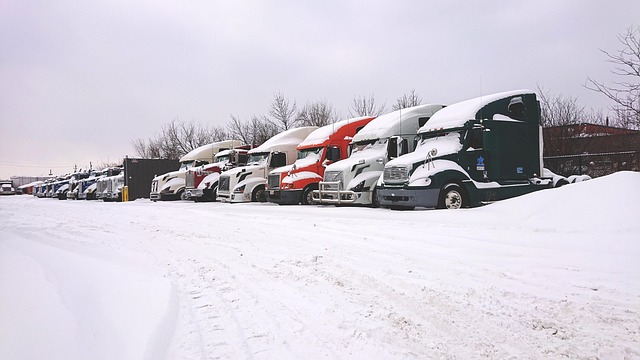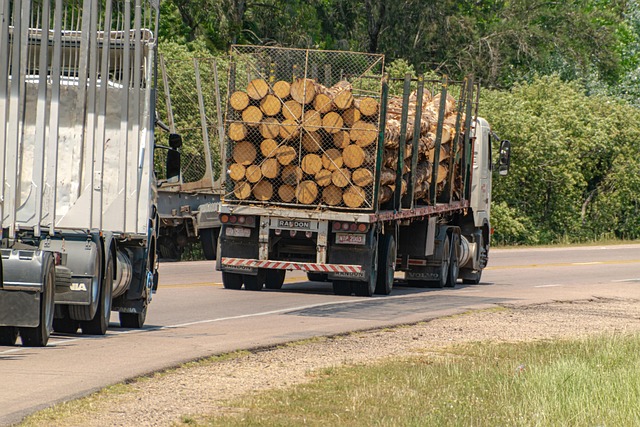Learn how to register your car in California with our comprehensive guide. This step-by-step process covers everything from understanding state requirements, gathering essential documents (including a title and proof of insurance), using a VIN verifier to check your vehicle’s history, to completing the registration online or in person. We’ll also walk you through paying fees and obtaining your new license plate.
- Understand California Car Registration Requirements
- Gather Necessary Documents for Car Registration
- Use VIN Verifier to Check Vehicle History
- Complete Online or In-Person Car Registration Process
- Pay Car Registration Fees and Receive Your Plate
Understand California Car Registration Requirements

Before registering your car in California, it’s crucial to understand the state’s specific requirements for vehicle registration. All vehicles operated on California roads must be properly registered with the Department of Motor Vehicles (DMV). This includes both new and used cars, as well as motorcycles and other types of vehicles. One essential step is obtaining a Vehicle Identification Number (VIN) verification, often facilitated through a mobile vin verifier or vin inspection. The VIN is a unique code that helps identify your vehicle’s make, model, year, and manufacturing location, ensuring compliance with California’s registration standards.
California has strict guidelines regarding the validity of registration documents. These include ensuring that the vehicle’s title is in the owner’s name, proof of insurance is up-to-date, and any outstanding loans or leases are reflected on the title. Some counties may also require additional documentation for certain types of vehicles. Utilizing a mobile vin verification service can streamline this process by confirming your vehicle’s details quickly and accurately, making it easier to meet these California car registration requirements.
Gather Necessary Documents for Car Registration

Before you start the registration process, it’s crucial to gather all the essential documents for car registration in California. The first step is to obtain a Vehicle Identification Number (VIN) inspection or verification. You can conduct this check using a mobile VIN verifier app, which quickly provides the vehicle’s history and ensures it’s not stolen or has any outstanding issues. This digital inspection is a convenient and efficient way to get started.
After downloading a reliable mobile VIN verification app, you’ll need to have your car’s registration papers ready, including proof of ownership, a valid driver’s license, and current insurance documents. Additionally, you may require identification documents like a passport or state-issued ID, especially if the vehicle is new or being transferred to your name for the first time.
Use VIN Verifier to Check Vehicle History

Before proceeding with registration, it’s crucial to conduct a thorough check on your vehicle’s history. One effective method is utilizing a VIN Verifier tool that offers mobile vin verification services. This technology allows you to input your Vehicle Identification Number (VIN) into a mobile vin verifier app and gain instant access to detailed information about the car’s past. It provides insights into any accidents, maintenance records, and potential issues, ensuring you have all the necessary facts before committing to registration in California.
By employing a mobile vin inspection tool, you can save time and effort compared to traditional methods of gathering vehicle history data. This is especially beneficial when preparing for car registration, as it streamlines the process and helps identify any red flags early on.
Complete Online or In-Person Car Registration Process

In California, registering your car involves a straightforward process that can be completed online or in-person. If you choose to go digital, you can start by filling out the application on the California Department of Motor Vehicles (DMV) website. This includes providing essential details about your vehicle and yourself. Once submitted, you’ll need to schedule an appointment for a title transaction where you’ll present important documents like proof of identity, residency, and insurance. The DMV will then perform a vehicle history check using the unique Vehicle Identification Number (VIN) as part of their verification process. It’s crucial to ensure your VIN is accurate and valid through reliable tools like a mobile VIN verifier, which can streamline this step.
Alternatively, many opt for the traditional in-person registration at a local DMV office. Here, you’ll undergo a similar process but without the online application stage. In both cases, after completing all necessary forms and verifications, including a mobile VIN inspection if required, you’ll receive your vehicle’s registration documents and plates. Always double-check that all information is correct before finalizing the transaction to avoid any future issues.
Pay Car Registration Fees and Receive Your Plate

After completing your vehicle’s registration application, the next step is to pay the required fees. California offers various payment methods, typically including credit card, debit card, or check. The cost will depend on several factors such as the type of vehicle and its age. Once your payment is processed, you’ll receive your unique vehicle identification number (VIN) verifier code and plate details. This code is crucial for verifying your vehicle’s history during the registration process.
Ensure a smooth transition by allowing sufficient time for the processing of these fees. A successful transaction will grant you official plates for your car. Remember that California’s Department of Motor Vehicles (DMV) provides options for both in-person and mobile vin inspection and verification to make the registration process more convenient, especially if you prefer the flexibility of having your vehicle inspected at your preferred location.
Registering a car in California is a straightforward process that requires understanding the state’s requirements, gathering essential documents, and either completing an online or in-person registration. Using a VIN verifier can help ensure the vehicle’s history is clean, adding a crucial step in safeguarding against potential issues. Once registered, you’ll receive your new license plate, marking the successful conclusion of this essential procedure.
